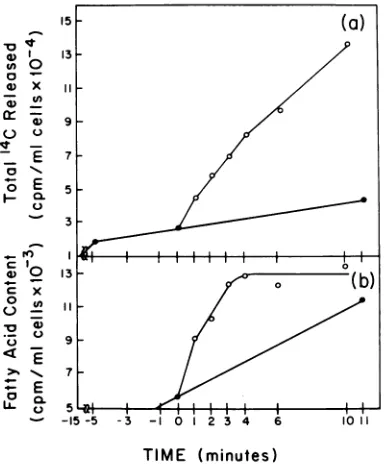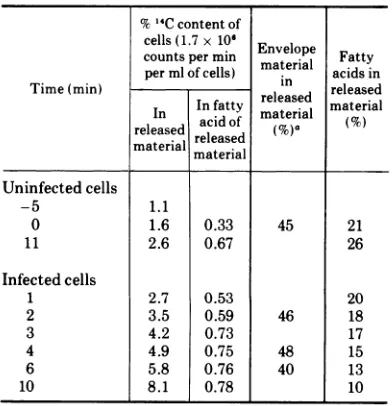Bacteriophage T4-Mediated Release of Envelope Components from Escherichia coli
Full text
Figure




Related documents
The simplex method, based on the simplex concept, is considered among the most efficient optimization proce- dures, successfully applied in different areas of optimization
the effects of high-intensity interval training (HIIT) exercise on health-related quality of life 16.. (HRQL), aerobic fitness and motivation to exercise in
We also found that in the limit of small permeability the leading order asymptotic solution for the penetration depth z pen of fluid particles initially situated in the fluid layer
indicate that at least some of the RNA specified by herpes simplex virus and functioning as mRNA in polyribosomes contains poly A se- quences. The poly A sequences do
Squares represent the experimental data, solid lines the predictions from conventional RANS equations, dashed lines the predictions from the MMC-IEM mixing model with τ min = τ D
Character Scotland clearly has a very important role to play in this quest and it is evident that in its short existence it has garnered support from a wide range of
In this paper, we consider a fully three dimensional Voxel based model whose principal aim is to provide a far- field simulation of the radiative field generated by the
In this study, the wing design problem for different planforms for supersonic transport (SST) un- der supersonic and transonic cruise conditions is discussed to obtain knowledge of

